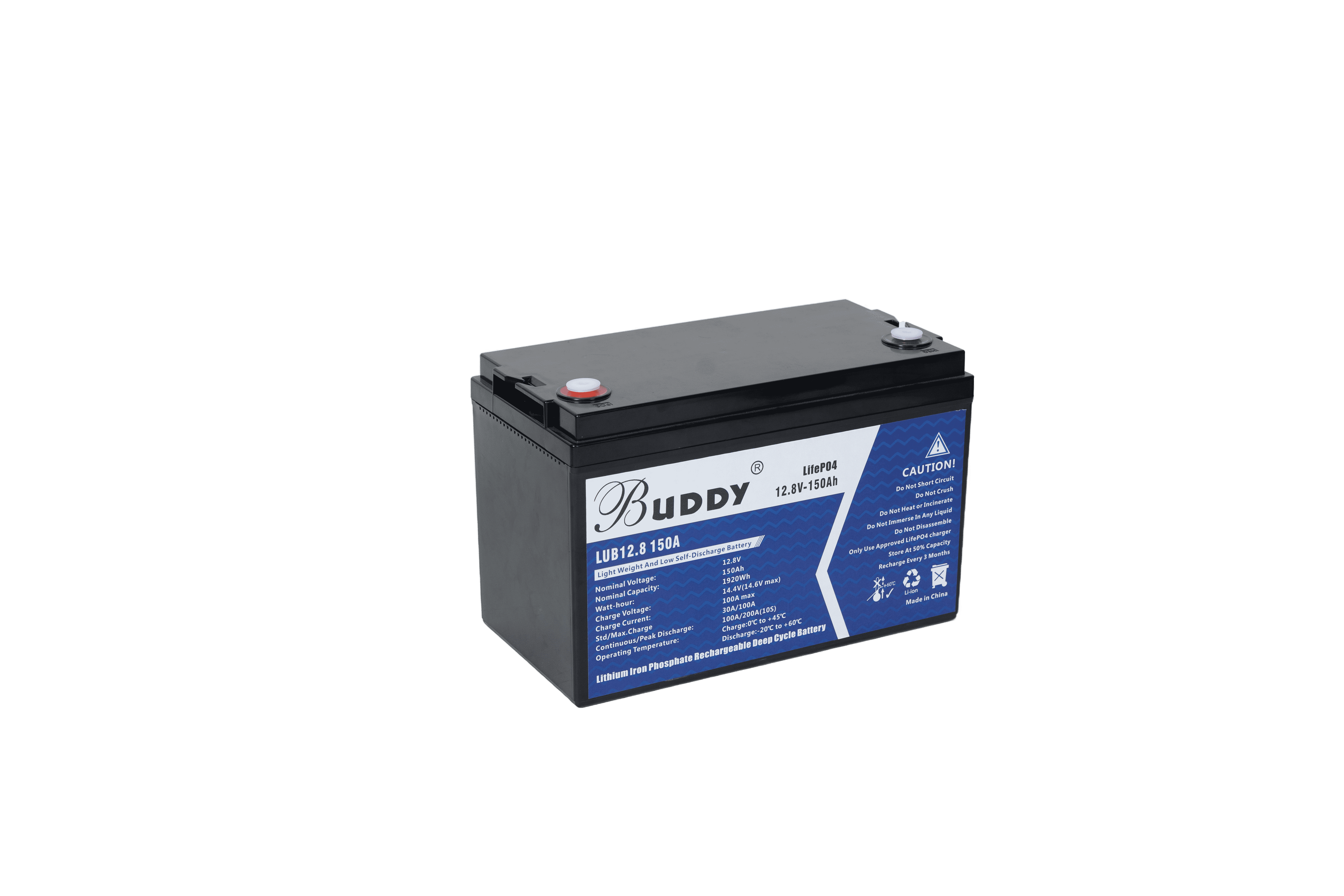
Although its energy density is not high and the energy weight is relatively low, the lead-acid battery is better at providing high current, which makes it appear high in power to weight ratio.
What we call a lead-acid battery is actually a secondary battery. The so-called secondary battery is that the chemical reaction that takes place inside it is reversible. That is to say, through the flow of current, the reactants consumed in the discharge process can be regenerated, which is the charging process.
Sealed lead-acid battery, consisting of six cell cells, which are mounted side by side in a housing, through a specific chemical reaction, these six cell cells of 2.0V together, provide a voltage of 12.0V.
Although lead-acid batteries are heavier, they are still more popular than other lightweight batteries because of their excellent current output, which is crucial for starting a car's cold engine.
A fully charged lead-acid battery consists of a series of alternating lead oxide electrodes separated by multiple layers of porous partitions, all of which are soaked in a concentrated sulfuric acid solution. The six cells are connected in series through an interbattery connector.
when the battery is discharging, it can produce a series of chemical reactions,
a negative response is:
Pb(s) + HSO4 – + H2O(l) –> 2 e - + PbSO4 (s) + H3O + (aq) (oxide)
positive reaction is:
PbO2 (s) + HSO4 – (aq) + 3H3O + (aq) + 2e – –> PbSO4 (s) + 5 h2o (l) (reduction)
in the charging process, will lead sulfate formed on the two electrodes, at the same time will also be transferred electron. To avoid leakage of corrosive sulfuric acid, lead-acid batteries are packaged in thick rubber or plastic housing.
lead-acid battery in the process of discharge, the sulfuric acid decomposition, need to be replaced. Sometimes, the plate will change its structure on its own. Eventually, the battery becomes less efficient and needs to be recharged or replaced.
when the battery for a long time is in a state of discharge, the accumulation of lead sulfate may become very difficult to remove. That's why it's important to charge lead-acid batteries as soon as possible (to prevent lead sulfate from accumulating). Charging of lead-acid batteries is usually done by providing an external current source.
charging process, chemical reaction will be carried out in accordance with the opposite direction. If sulfuric acid (or other components) in the battery breaks down, the charging process can become inefficient. Therefore, it is recommended to check the battery regularly.
in the process of charging, the function of the car battery similar to the electrolytic cell. The energy needed to drive the charge comes from an external source, such as a car engine. It is also important to note that overcharging the battery can lead to the formation of by-products such as hydrogen and oxygen. These gases tend to escape from the battery, resulting in the loss of reactants.
FAQ - FAQ
in lead-acid batteries?
The negative plate is composed of lead, and the positive plate is composed of lead dioxide in a fully charged state, with concentrated sulfuric acid as the electrolyte, which retains most of the chemical energy.
how lead-acid battery is made?
Lead batteries are made of lead alloy ingots and lead oxide, by soaking two chemically different lead substrates in a solution of sulfuric acid.
how to maintenance of lead-acid batteries?
for 14 to 16 hours of charging fully saturated, to keep the lead acid battery is in good condition. If the charge cycle does not allow this, fully saturate the battery every few weeks.
lead-acid battery is wet or dry?
there are different types of lead-acid battery, including wet battery (fully charged), gel batteries, and absorption of glass fiber mat (AGM). There are two types of wet batteries: maintainable and maintenance-free. Both are filled with electrolyte, basically the same.
lead-acid batteries belong to what type?
lead and lead dioxide is the active material on the panels, they react with sulfuric acid in the electrolyte, the lead sulfate. Lead sulfate first forms in a fine, amorphous state, and when the battery is charged, it easily returns to lead, lead dioxide, and sulfuric acid.